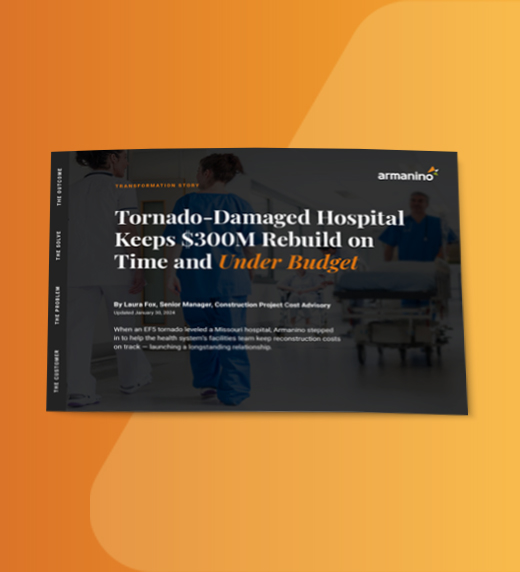
The Inflation Reduction Act of 2022, signed into law this week, is estimated to cost about $485 billion over the next 10 years on health and alternative energy solutions. Financial predictions indicate the act would raise about $790 billion with the variance applied to reducing the U.S. deficit.
Although the act has far-reaching implications to multiple industry segments, the sweeping impact to Medicare and its beneficiaries, as well as the overall healthcare industry, is perhaps the most significant. The two key changes are:
At first glance, the topics identified look like just additional regulatory changes focused on Medicare and the ACA. However, the end goal of reducing drug costs and ensuring healthcare coverage for all Americans may be achieved if the implementation of the act is as successful as projected. Below we summarize these key changes.
According to projections, the ability for Medicare to negotiate drug prices is estimated to save the government nearly $100 billion over 10 years. The Centers for Medicare & Medicaid Services (CMS) must negotiate maximum prices for brand-name drugs that do not have other generic equivalents and that account for the greatest Medicare spending. CMS must negotiate the prices of Medicare’s top 10 most expensive drugs in 2026 — this increases to 15 drugs in 2027 and 2028, and to 20 drugs by 2029.
Another change that would come about for Americans enrolled in Medicare would be a $2,000 cap on out-of-pocket drug costs beginning in 2025. According to findings from the Council for Informed Drug Spending Analysis, had a $2,000 out-of-pocket cap been implemented in 2021, approximately 3.1-3.5 million Part D prescription drug coverage beneficiaries would reach the $2,000 out-of-pocket cap, and those beneficiaries would have saved an average of $1,529 per year if a cap had been in place. This new $2,000 cap aims to cover these prescription drug costs and protect against higher costs in years to come.
Consumers will receive the benefits on drug pricing starting as soon as 2023. As reported in Kaiser Health News, companies that raise the price of drugs sold to Medicare faster than inflation must pay rebates back to Medicare, generating an estimated $101 billion in savings for the government. Additional savings would be available to consumers for government-approved vaccines as they will be fully covered by Medicare, Medicaid and the Children’s Health Insurance Program.
In addition, the bill caps cost sharing under the Medicare prescription drug benefit for a month's supply of covered insulin products at (1) $35 a month for 2023 through 2025 and (2) $35 a month — or 25% of the government's negotiated price or 25% of the plan's negotiated price, whichever is less — beginning in 2026.
The other key healthcare provision extends the subsidies for marketplace coverage through 2025 originally enacted by the American Rescue Plan of 2021. An estimated three million people currently insured in the individual marketplace would have lost coverage and become uninsured without the act’s passage, according to the Department of Health and Human Services (HHS).
The passage of the act will also help keep the health insurance marketplace premiums about the same in 2023 compared to 2022. That stability is significant when compared to 2023 rates without the subsidy extensions. According to HHS, the premiums that enrollees would have paid without the act after available subsidies would have been 53% higher in the 33 states that use HealthCare.gov. Open enrollment for 2023 coverage will still start November 1, 2022.
If you need assistance understanding or preparing for any impending changes, or if you have questions on any healthcare implications, contact our healthcare experts.


